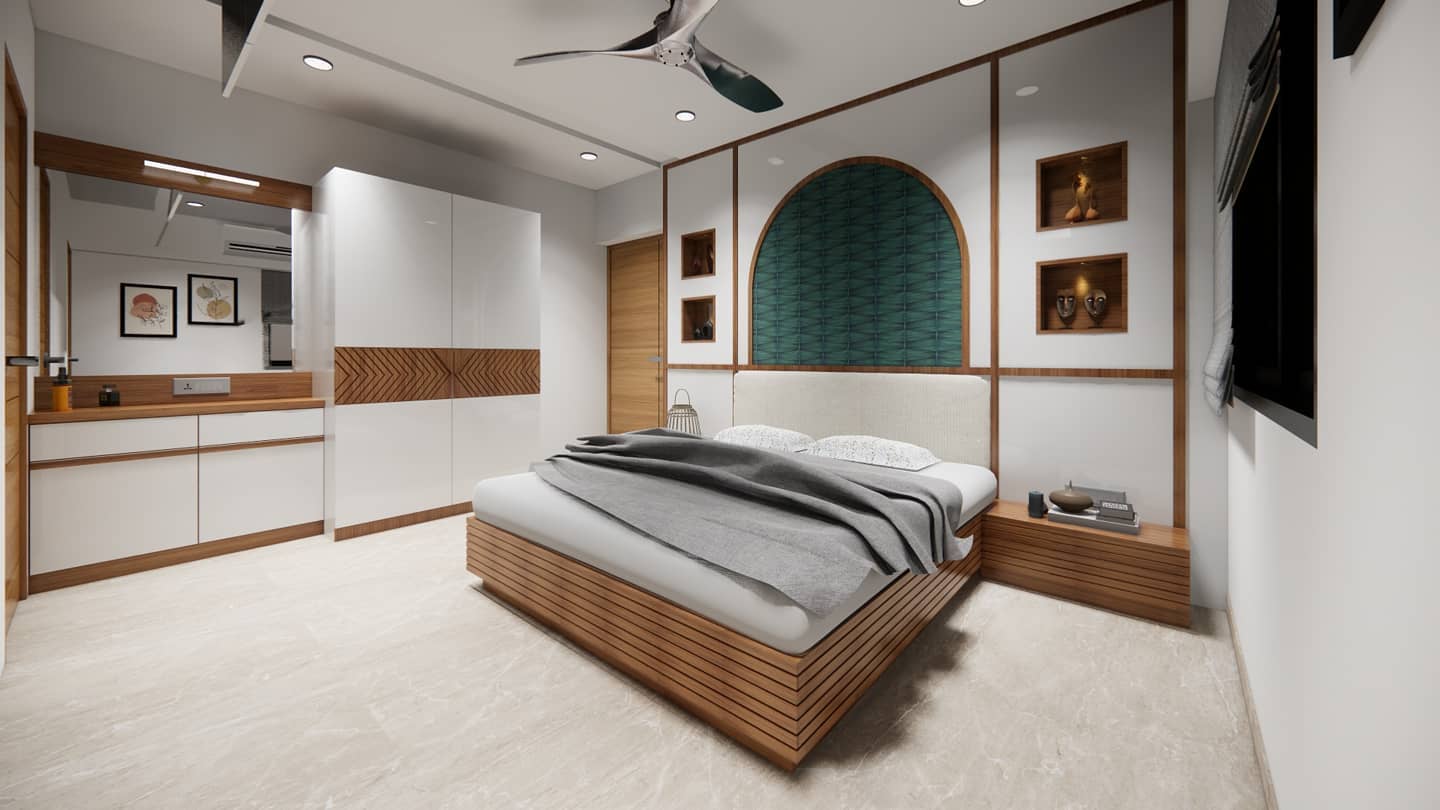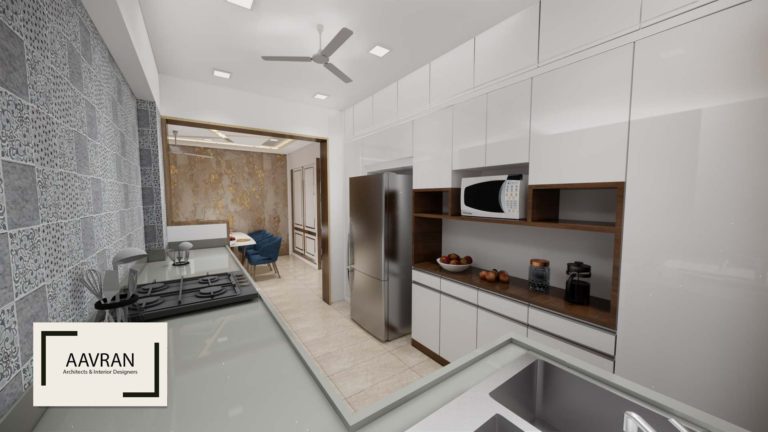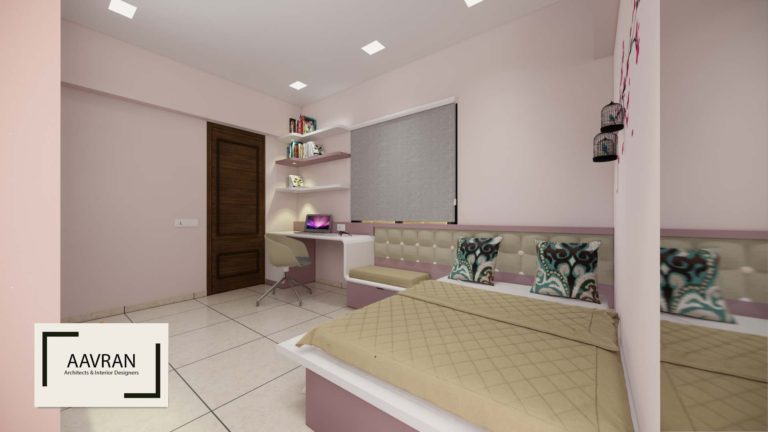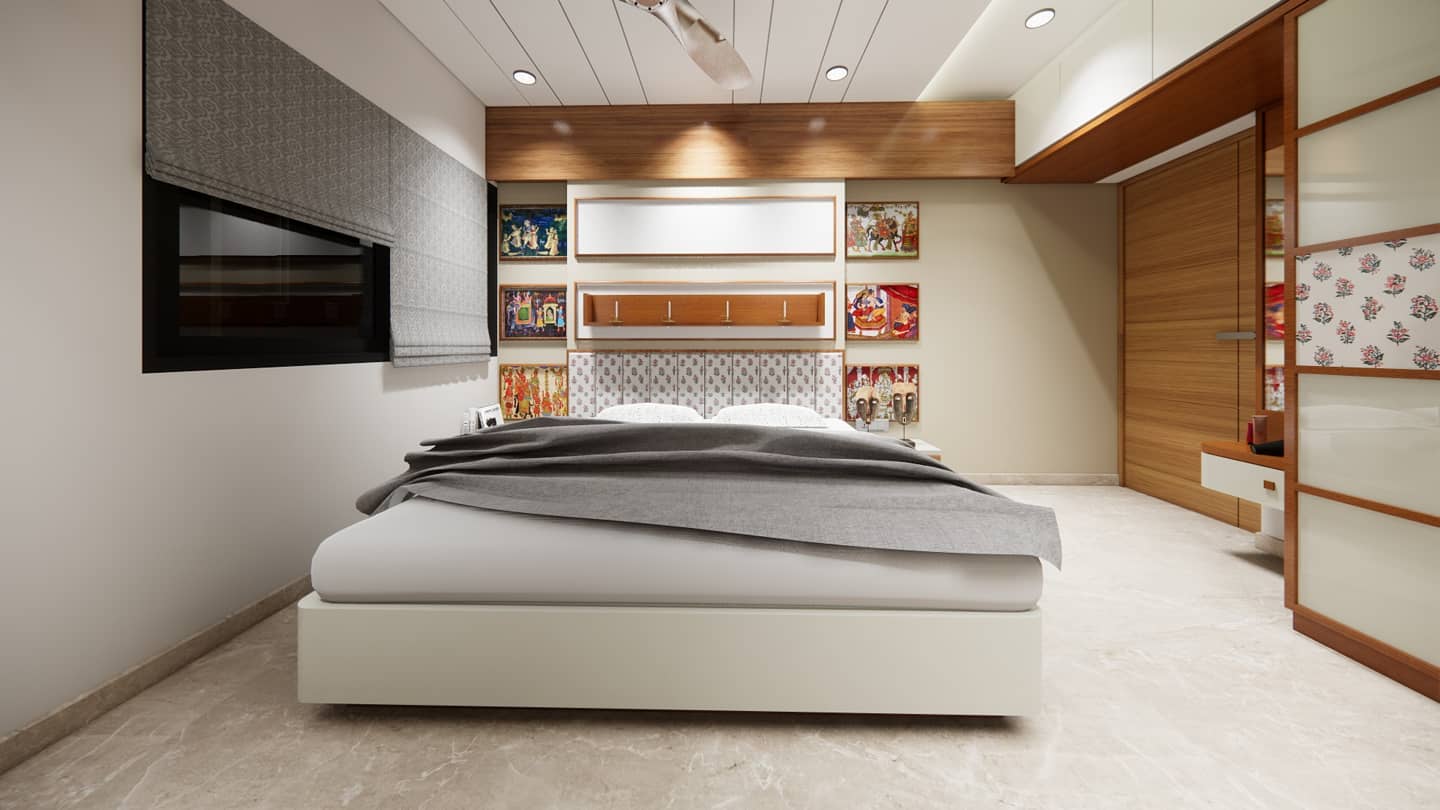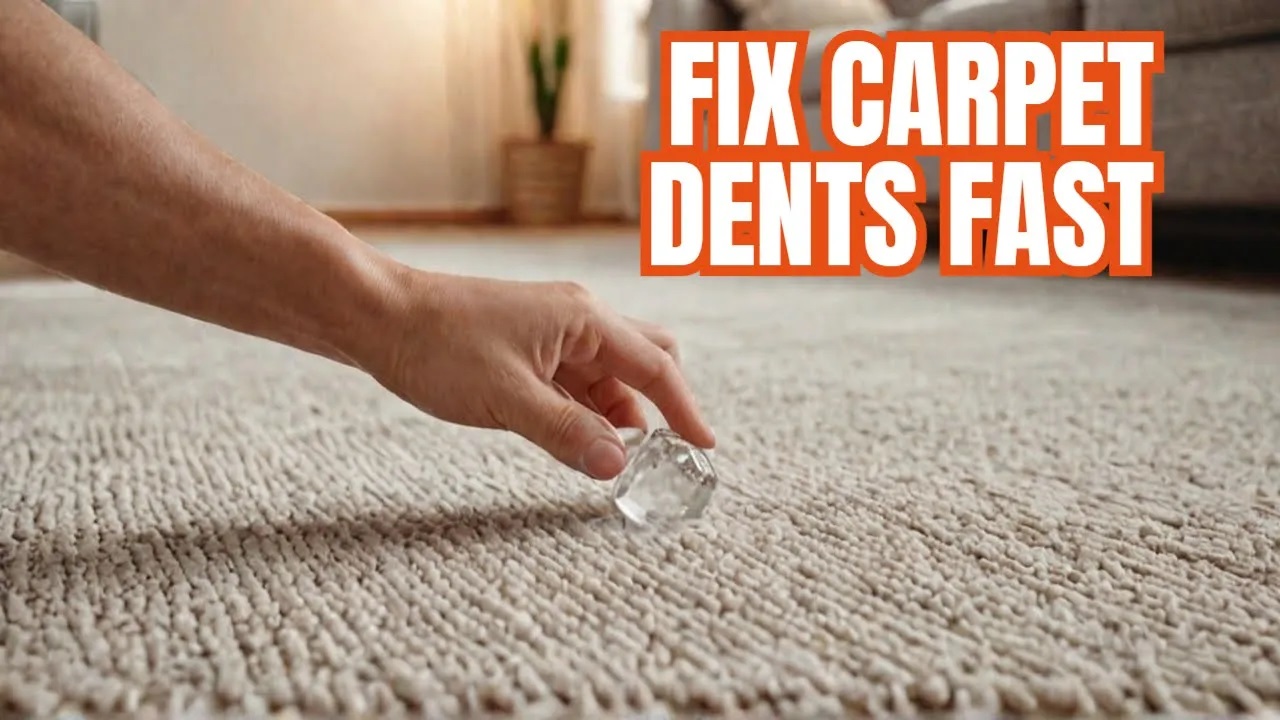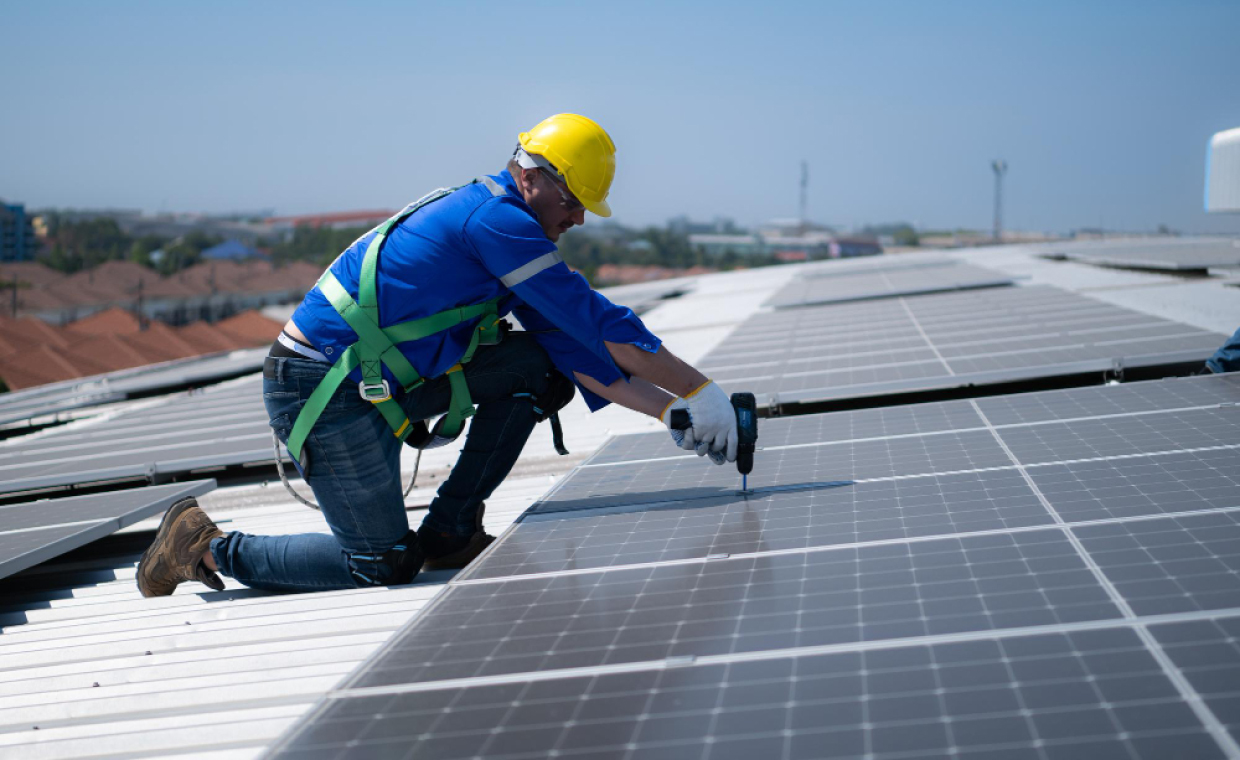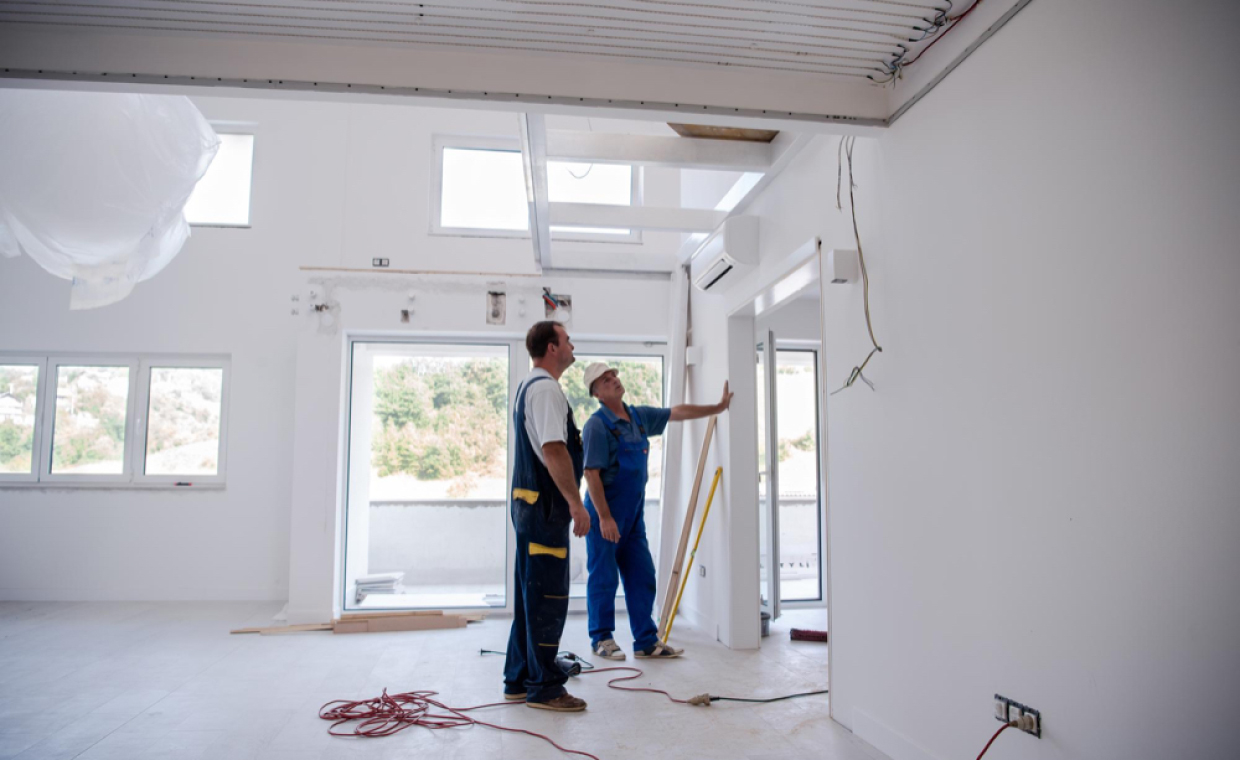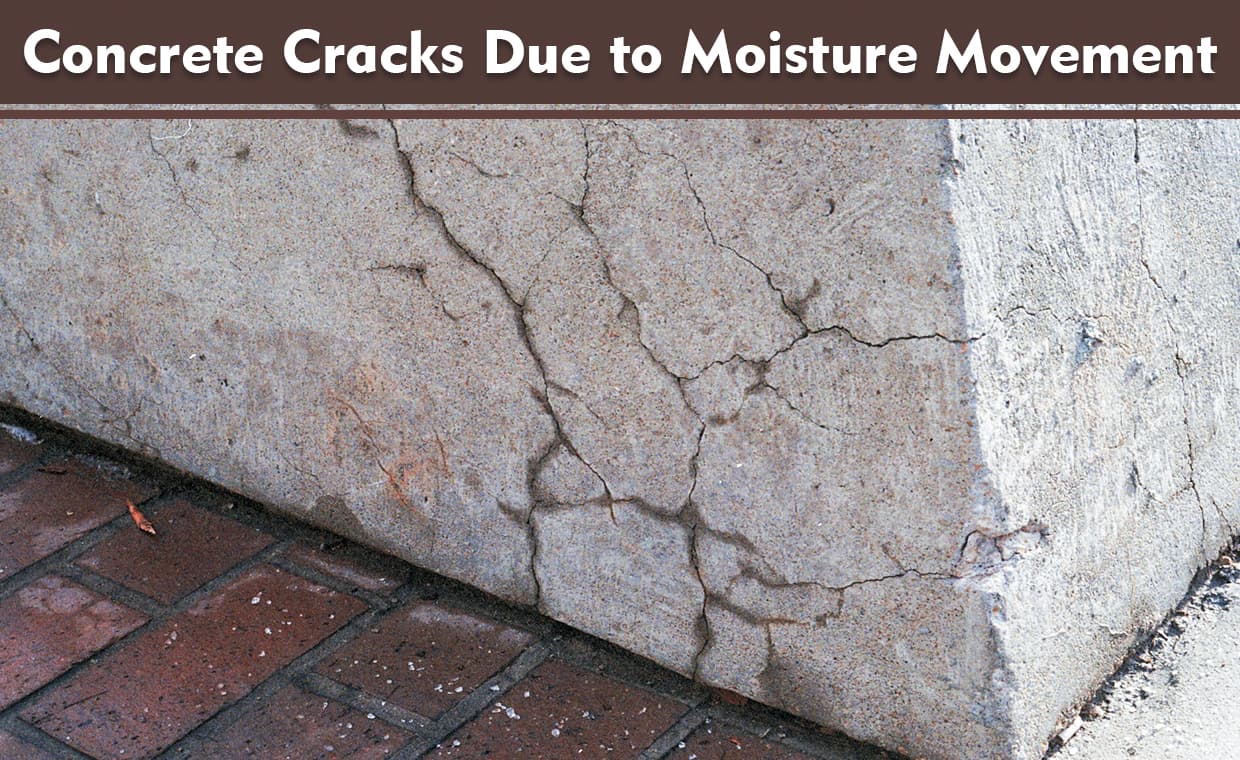
Moisture content or water content can be defined as; it is the presence of a traceable amount of water molecules in soil, foods, construction materials, etc. In other word, moisture is the amount of water present as small droplets in the surrounding air.
Moisture content is the biggest enemy of almost all the things, either it is in foods or in building materials. All of you must be well familiar with breads (staple food prepared from a dough of flour and water), under the constant effluence of moisture, it gets fungus over the period of time. Same way, the change in moisture content affects the physical and chemical aspect of the construction materials. Moisture content if present in any material. It has ability to disturb the molecular structure of the building materials such as wood, bricks, mortar, concrete, etc. Because of that, they frequently cracked. Let’s understand this in detail.
The development of the cracks is often a subject that raises numerous questions. Cracks may appear in structures, either at the initial stage or with time. It should first of all be accepted that cracks of some type are unavoidable in any structure.
The change in moisture content of building materials simply define as materials capable of absorbing water expands and contract on drying. i.e. When the moisture content of wood changes, the wood bulges or bends.
Nearly, all building materials (e.g. Concrete, mortar, burnt clay brick, timber, plywood etc.,) are porous in their structure in the form of inter-molecular space. This type of construction materials has tendency to expand when absorb moisture from atmosphere and shrink on drying. In addition, it can be said that during monsoon, most of the building materials absorb moisture and vice versa, during winter/summer they shrink.
The above described movements are reversible i.e. cyclic in nature and are caused by increase or decrease in the inter-pore pressure with the change in moisture content. The extent of movement depends upon molecular structure and porosity of a material.
Apart from reversible movement, certain materials undergo some irreversible movement due to the change in initial moisture content after their manufacture or construction. The incidences of irreversible movement in materials are shrinkage of cement and lime based materials on initial drying i.e. initial shrinkage/plastic shrinkage and expansion of burnt clay bricks and other clay products on removal from kilns i.e. initial expansion.
Also Read:
8 Factors Affecting Initial Shrinkage in Concrete & Mortar
Plastic Shrinkage Cracks: All you Wanted to Know
Consequently, if building materials used possess expanding or contracting natures, then existing cracks increase or sometimes new cracks also get formed.
Classification of Materials
From consideration of moisture movement of reversible nature, materials can be broadly classified as under:
| Classification | Materials | Precautions |
| 01. Very Small Moisture Movement | Burnt Clay Bricks, Igneous Rocks, Limestone, Marble, Gypsum Plaster, Metals etc. | The use of these materials does not require for much precautions. |
| 02. Small to Moderate Moisture Movement | Concrete, Sand-Lime Bricks, Sand stones, Cement and Lime Mortars, etc. | In the use of these materials some precautions in design and construction are necessary. |
| 03. Large Moisture Movement | Timber, Block Boards, Plywood, Wood-Cement Products, Fibrous Boards, Asbestos Cement Sheets, etc. | Special techniques of treatment at joints as surroundings, and protective coats on surface are required. |
From the above table we can conclude that materials like timber, block boards, plywood, etc. are more affected by the moisture then the materials like clay bricks, igneous rocks, etc. Hence, the building materials like timber, block boards, etc. are more prone to development of cracks and they require much precaution while they are being used to construct a house then the materials like clay bricks, rock, etc. So while constructing your dream home, choose all the building material wisely.
Must Read:
Types & Summary of Cracks in Reinforced Concrete Column
Most Important Causes of Cracks in Buildings
Cracked Tiles – Precautions & Repairs!
Non-Destructive concrete tests for structure strength







